ChrisArgentino
TVWBB Fan
every since I bought this grill used, the scale shows half way full when the tank is empty. Is there any way to adjust this or fix it?
Attachments
-
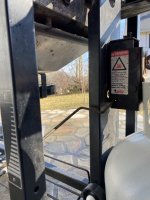 950DE132-0794-40E9-A41C-B019B56C22A8.jpeg132.7 KB · Views: 12
950DE132-0794-40E9-A41C-B019B56C22A8.jpeg132.7 KB · Views: 12 -
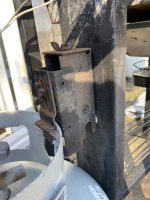 01A0EF5D-AF2E-412A-A514-B507A219997D.jpeg148.6 KB · Views: 12
01A0EF5D-AF2E-412A-A514-B507A219997D.jpeg148.6 KB · Views: 12 -
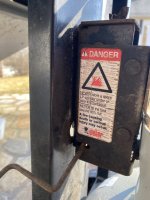 5E93FFAD-4790-416B-A1E9-E78F75F353DA.jpeg135 KB · Views: 10
5E93FFAD-4790-416B-A1E9-E78F75F353DA.jpeg135 KB · Views: 10 -
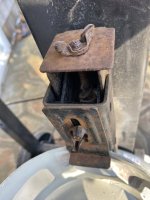 5F7805F6-26F5-4510-B4DD-1D01FD74A304.jpeg124 KB · Views: 9
5F7805F6-26F5-4510-B4DD-1D01FD74A304.jpeg124 KB · Views: 9 -
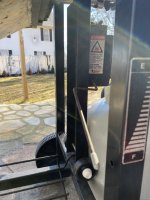 A6938C76-B3E7-4207-9624-67E3D1ECBE3D.jpeg131.3 KB · Views: 11
A6938C76-B3E7-4207-9624-67E3D1ECBE3D.jpeg131.3 KB · Views: 11

